What is the best time to Visit Varanasi?
Colloquially referred to as Banaras, and historically revered as Kashi, Varanasi is a city that has been a coveted destination for the living and the dead alike.
If you manage to visit our city in the flesh, you can experience the majestic beauty of the Ganges and a historical city on its picturesque ghats, while also satisfying your religious and spiritual quests.
Banaras, like many north Indian cities, sees extreme summer, rains, and winter. So depending on the purpose of visit, length of stay, and your climate affinity, you must chose your dates carefully. And you will find this post extremely useful in deciding just that.

Autumn: Mid-Oct To Nov
October and November see moderately warm days and pleasant evenings. These are arguably the best months to visit Varanasi, weather-wise.
- The world-renowned Dev Deepawali festival, celebrated on the day of Kartik Poornima 2 weeks after Diwali, takes place in this period. While the event may have lost its purity owing the extreme crowds that converge on the ghats, the cacophony of loud-speakers, and multi-color led lights that we dislike so much, it still manages to present a sight that would be nothing short of heavenly for a first-timer.
- There are also a host of other cultural programs that traditionally take place in this period, including the Mahindra Kabira Festival. Compared to Dev Diwali, these are quieter, beautifully curated, and can be enjoyed without being overwhelmed. If you are planning to visit in these months, we strongly recommend you check the dates for these festivals, and try to coincide your dates. Some of these festivals are open to all while others may require passes. Do check in advance.
Winter: Dec To Mid-Feb
Varanasi witnesses very cold weather in the months of Dec-Jan, with minimum temperatures going as low as 4c. Usually minimum temperatures hover around 10c in this middle of this period and, if you are accustomed to winters, you may find these months very inviting.
- The Ganges can get covered under a moderate to dense fog, specially in the mornings, that gives a beautiful veiled view of the ghats. The boat rides become all the more enjoyable in these months with the arrival of the Siberian Birds. Just lure them with some fritters, and they will gladly surround you.
- Some delicacies, like the Malaiyyo (मलईयो), a saffron flavored milk-froth preparation, can only be savored during these months, and in our opinion something you shouldn’t miss.
Spring: Mid-Feb to Mid-Apr
These are again months with a pleasant weather, and are a great time to visit.
- We often see some drizzle in the first fortnight of Feb, but often it is very enjoyable.
- The Maha Shivratri usually falls between the 2nd half of Feb to 1st week of Mar. If you are a Shiv Bhakt, this can be a great day to be in the city and enjoy the processions of Shiv-Baraat, which by definition is unruly. Usually there are also various musical and cultural events organized in the city during this period that you should look up when planning your trip.
Summer: Mid-Apr To Jun
April sees the onset of Summers in Varanasi, and days continue to become hotter until Jun. The peak temperatures go as high as 45c, and any outdoor activity may feel uncomfortable during the day. Despite the heat, these months bring many visitors due to the school summer vacations. The good thing is that amidst the sweat, you will still be able to enjoy all the activities the city is known for.
Monsoon: Jul-Sep:
Monsoons usually start setting in from the second half on June, and usually cover the region by July 1st week. While the temperatures dip quite a bit, the increased humidity can again make the days uncomfortable. We usually do not see continuous rains across the season, and the pattern is sporadic. There can be days without any rain, and also days of relentless rain, albeit of moderate intensity. Sometimes, when we see a downpour, it can affect traffic.
- While the rains may not directly affect your itinerary much, the soaring Ganges can jeopardise you chances of enjoying a good boat ride. During the peak, most of the ghats are submerged under water, and become inaccessible for a stroll or photography.
- During the months of Saavan, specially on Mondays, traffic diversions are put in place to accommodate the Kaanwar devotees who come in large numbers from the hinterland and various parts of the country to pay their tribute to Lord Shiva.
Final Thoughts
Our city extends a warm welcome to visitors across the year. If your visit is purely religious, or a hurried one, anytime is a good time. Most temples remain open around the year. However, if you are looking for an extended and relaxed stay, we highly recommend the autumn Oct-Nov or the Spring Feb-Mar months. Whether you are a photographer, painter, writer, composer, academician, or an explorer who loves to see places, the city will present a wide vista of splendor to ignite your creativity without the heat making you uncomfortable.
We hope you find this post helpful and are able to make it to Banaras, before your ashes do. Whenever that happens, remember that Banaras is a city that needs to be breathed in and felt, than seen.

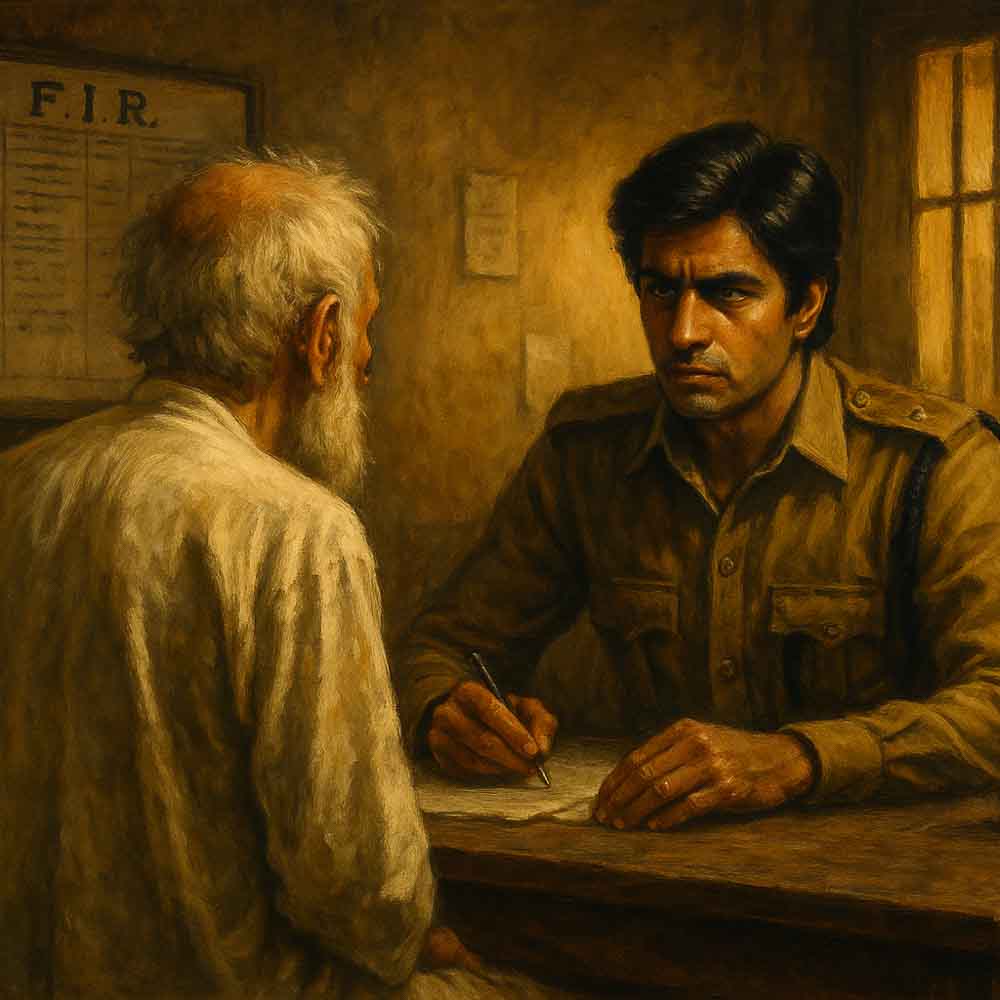
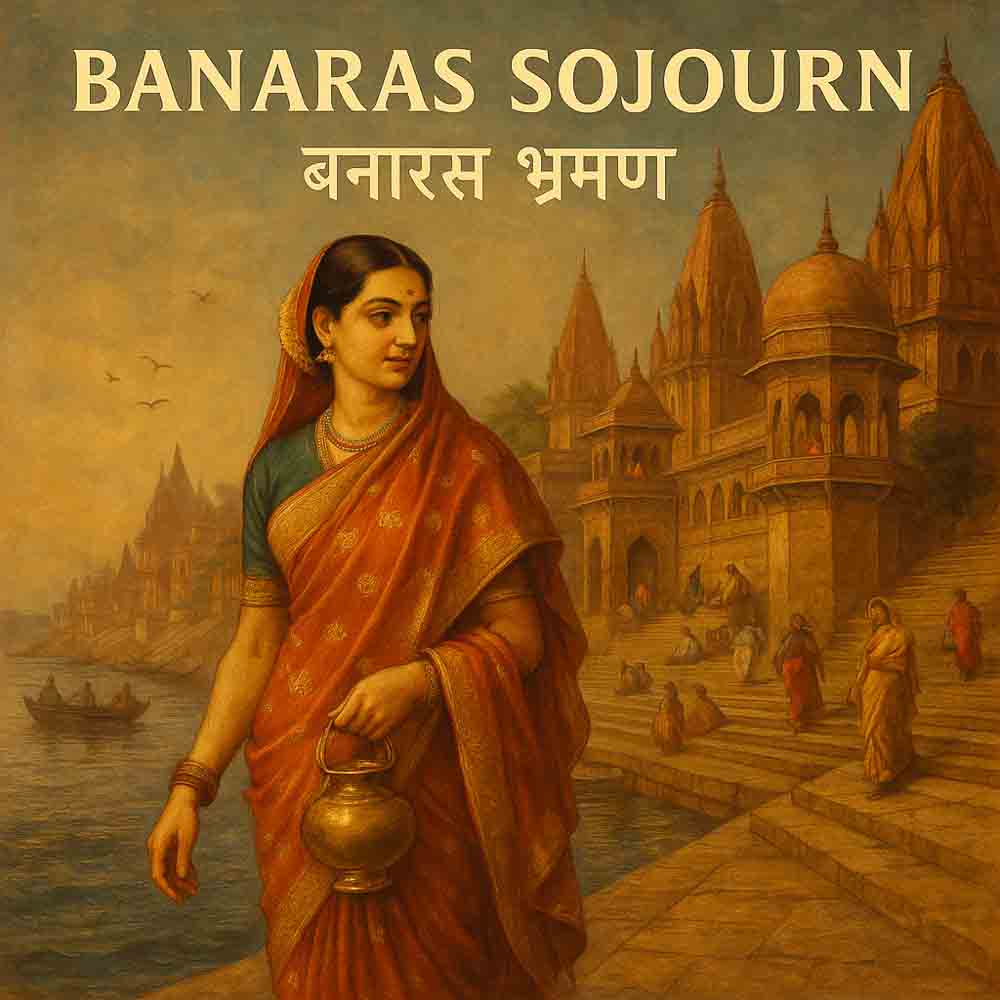
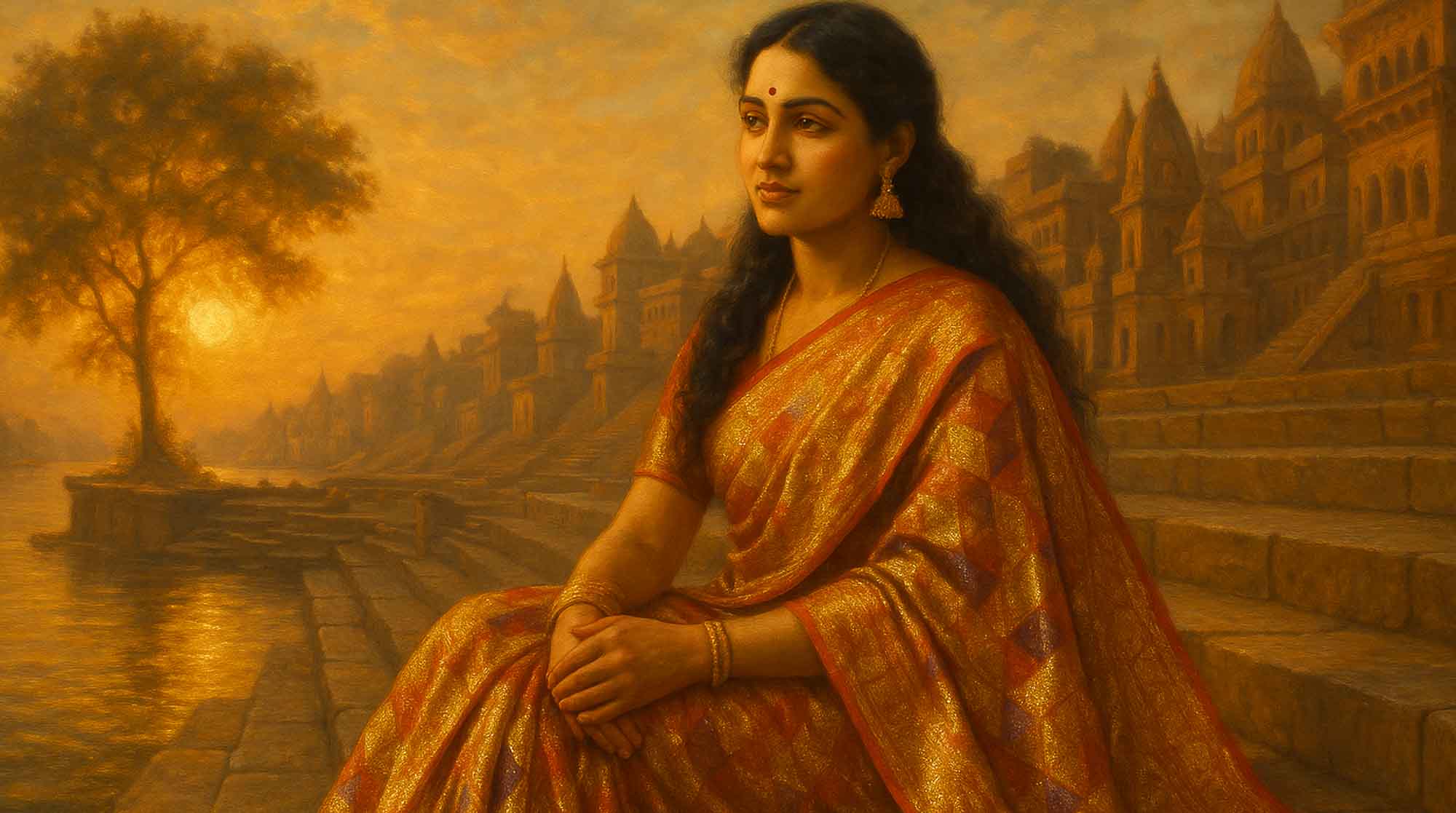
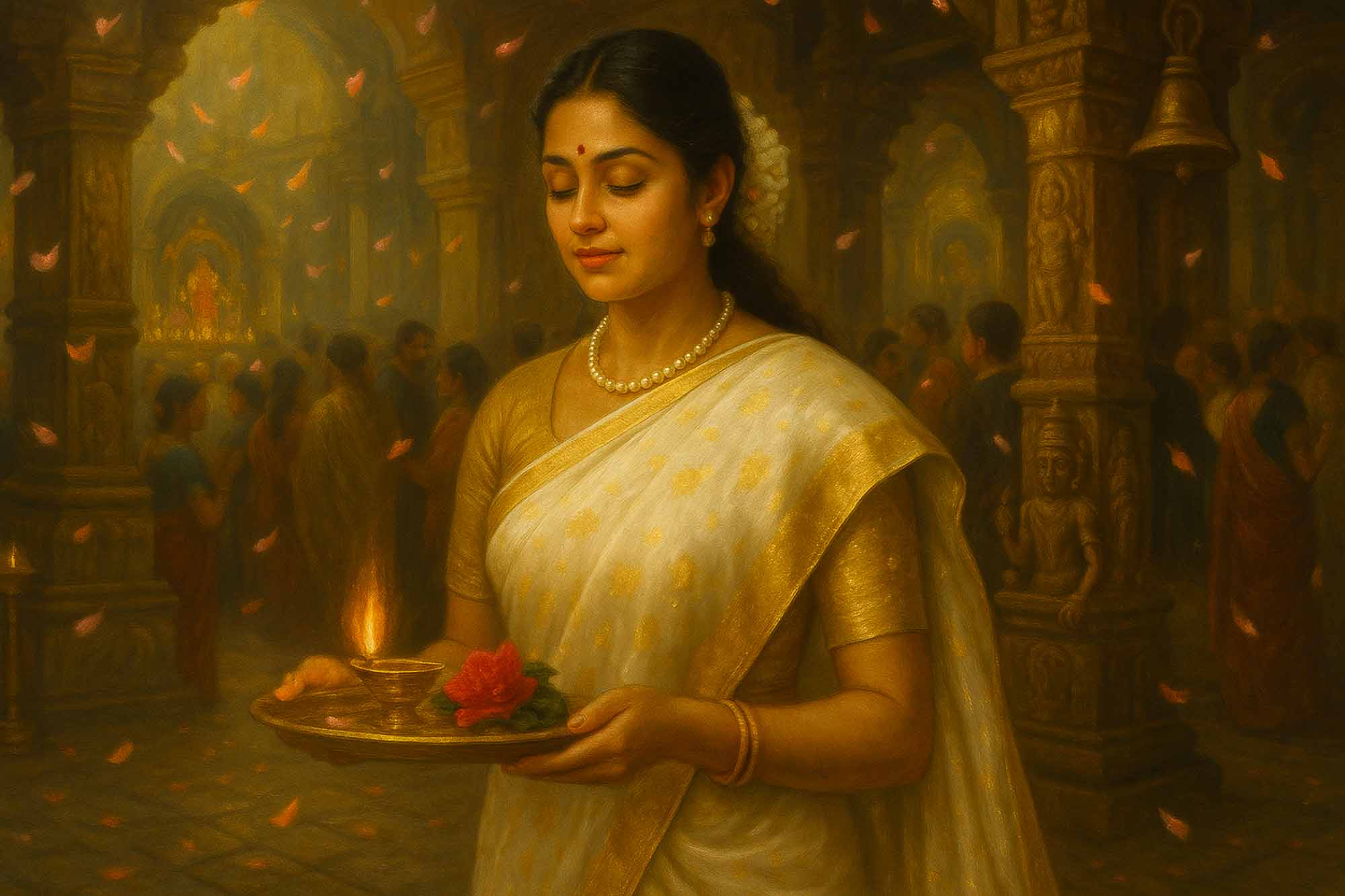
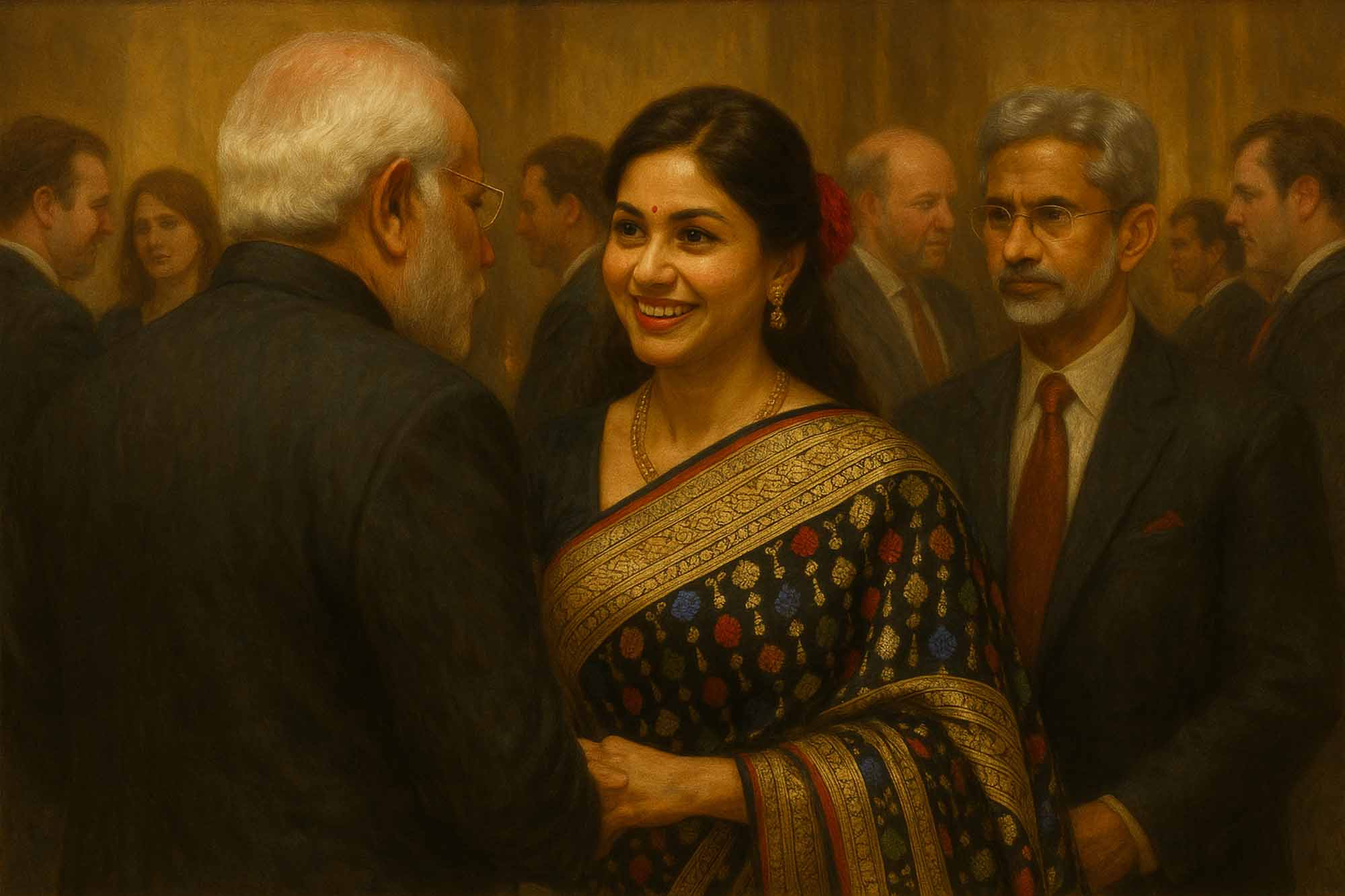

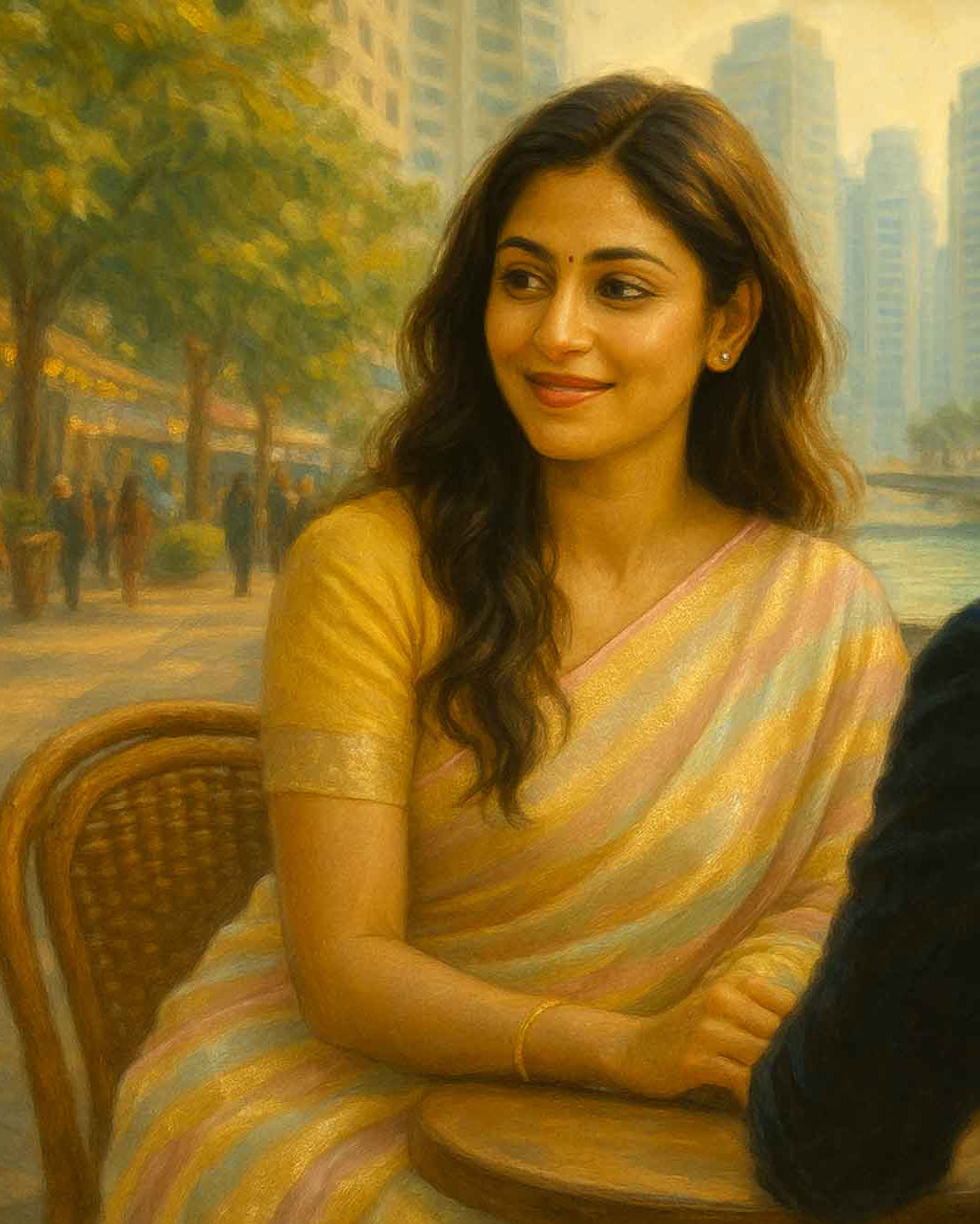
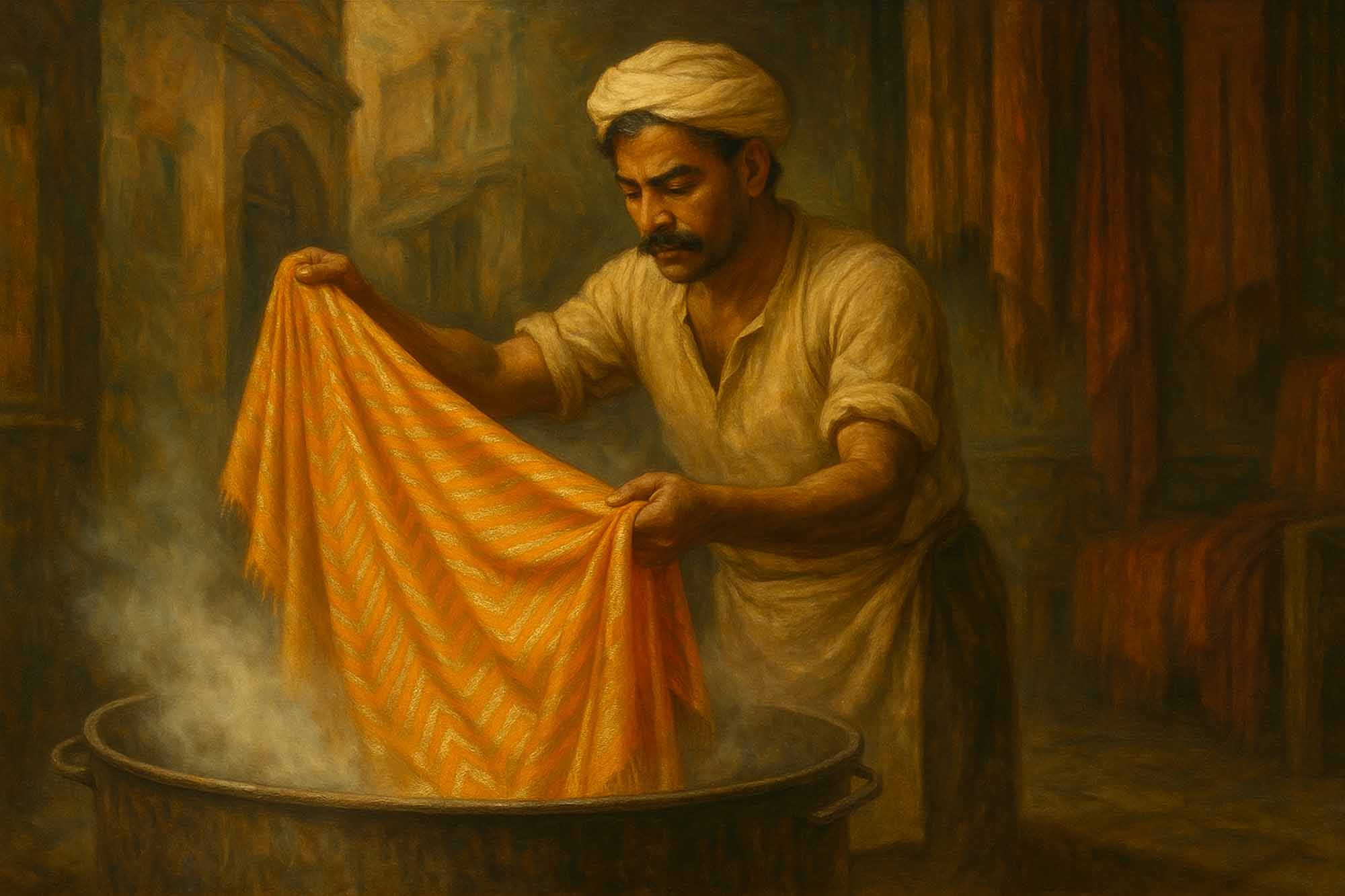
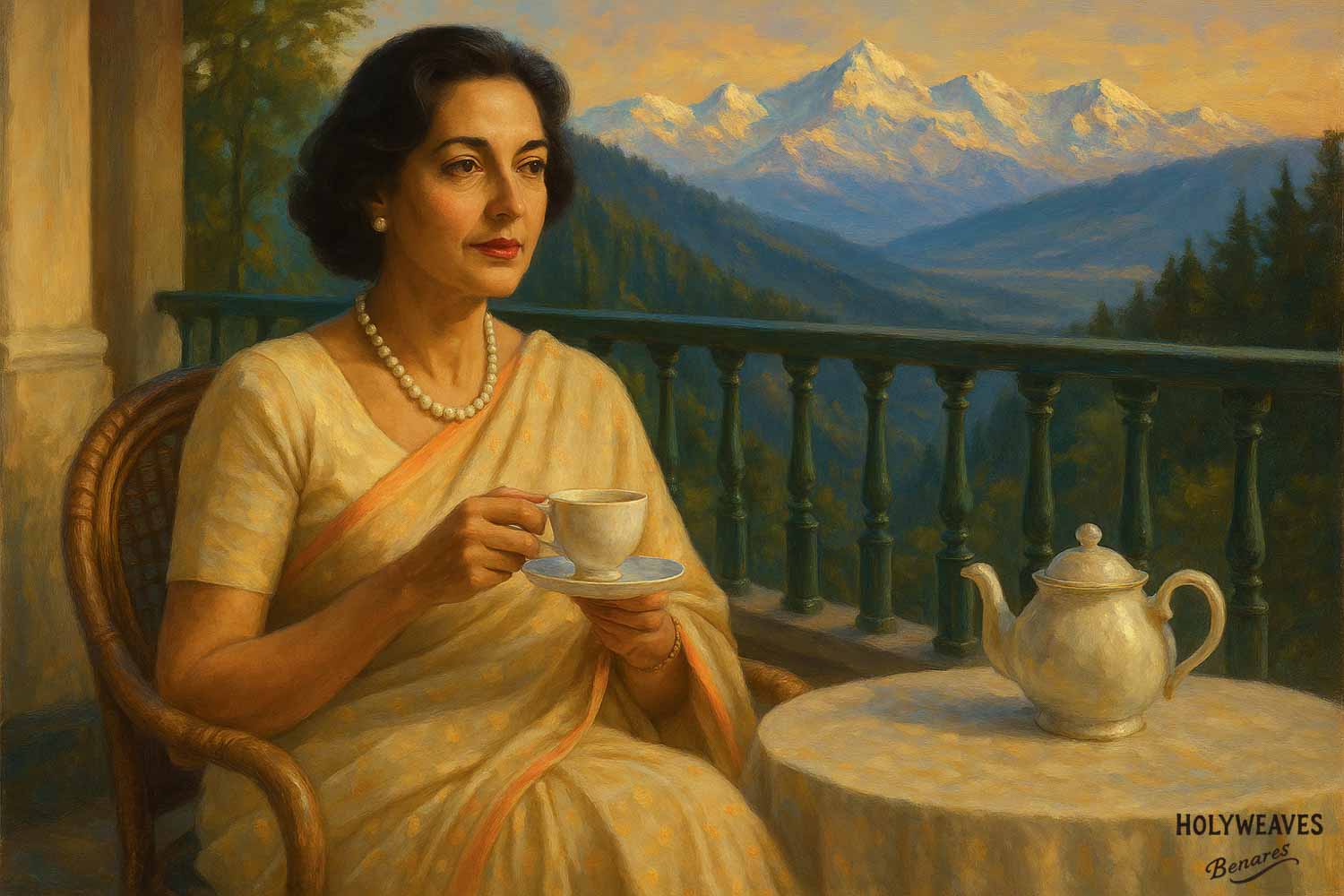
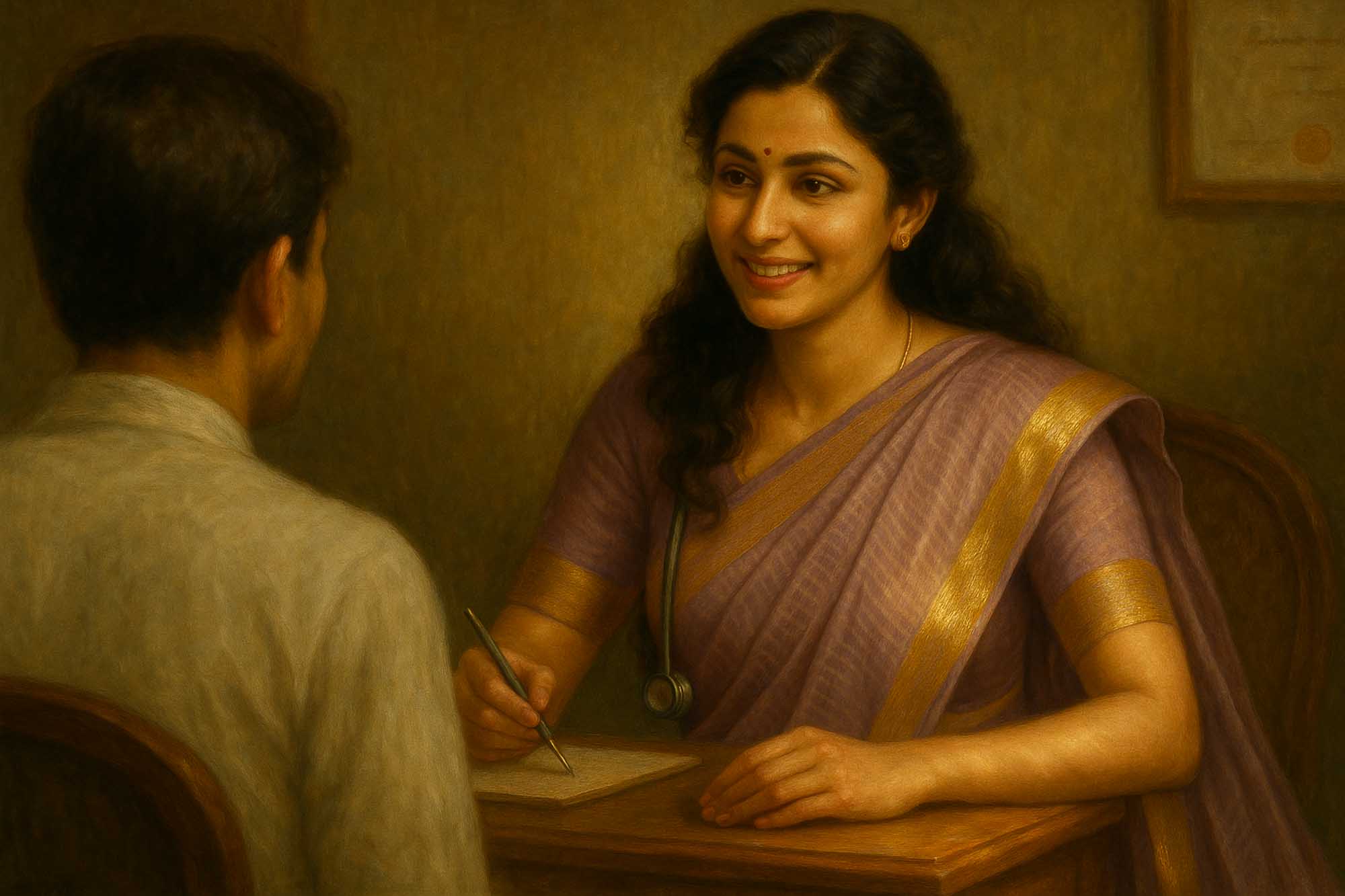
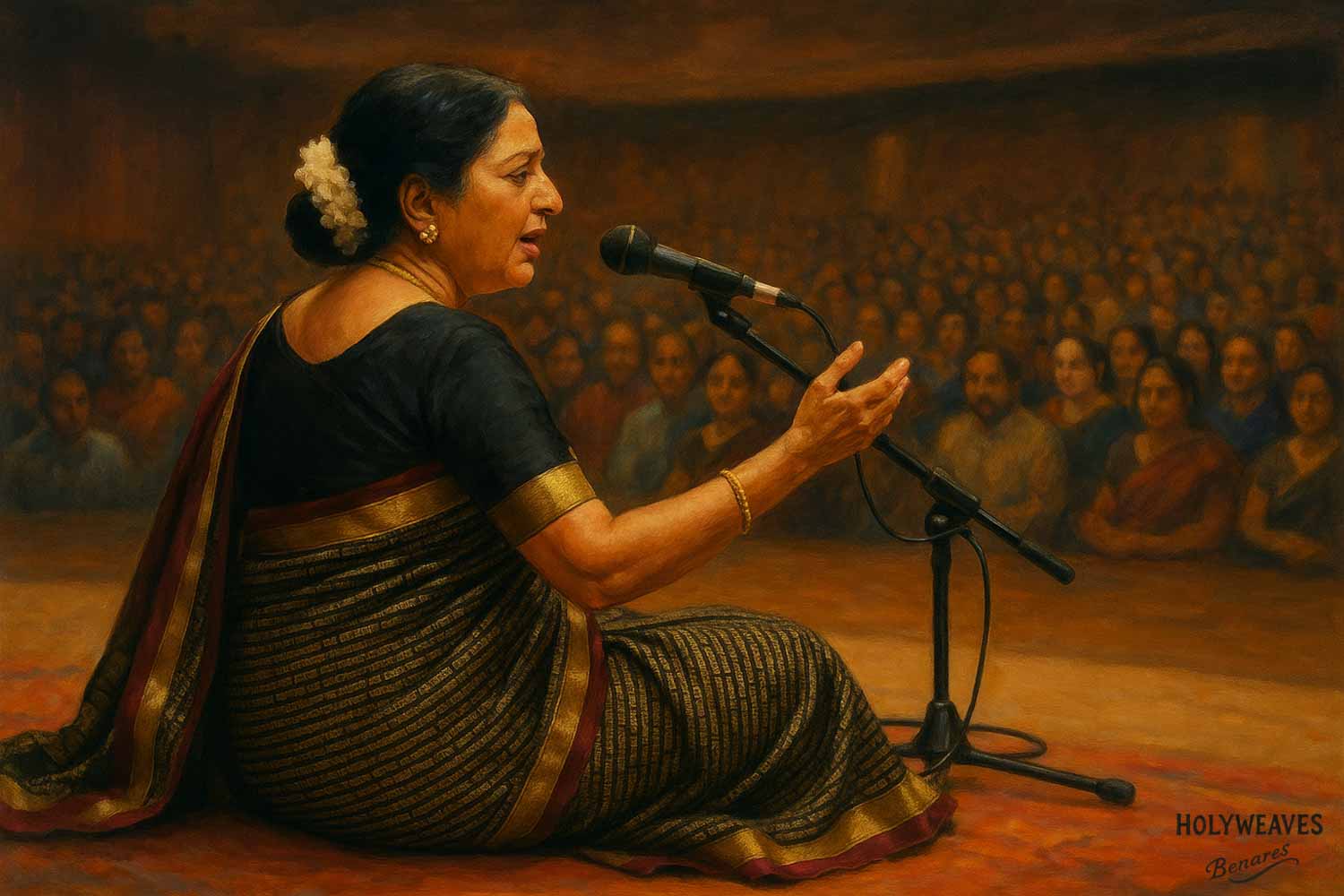





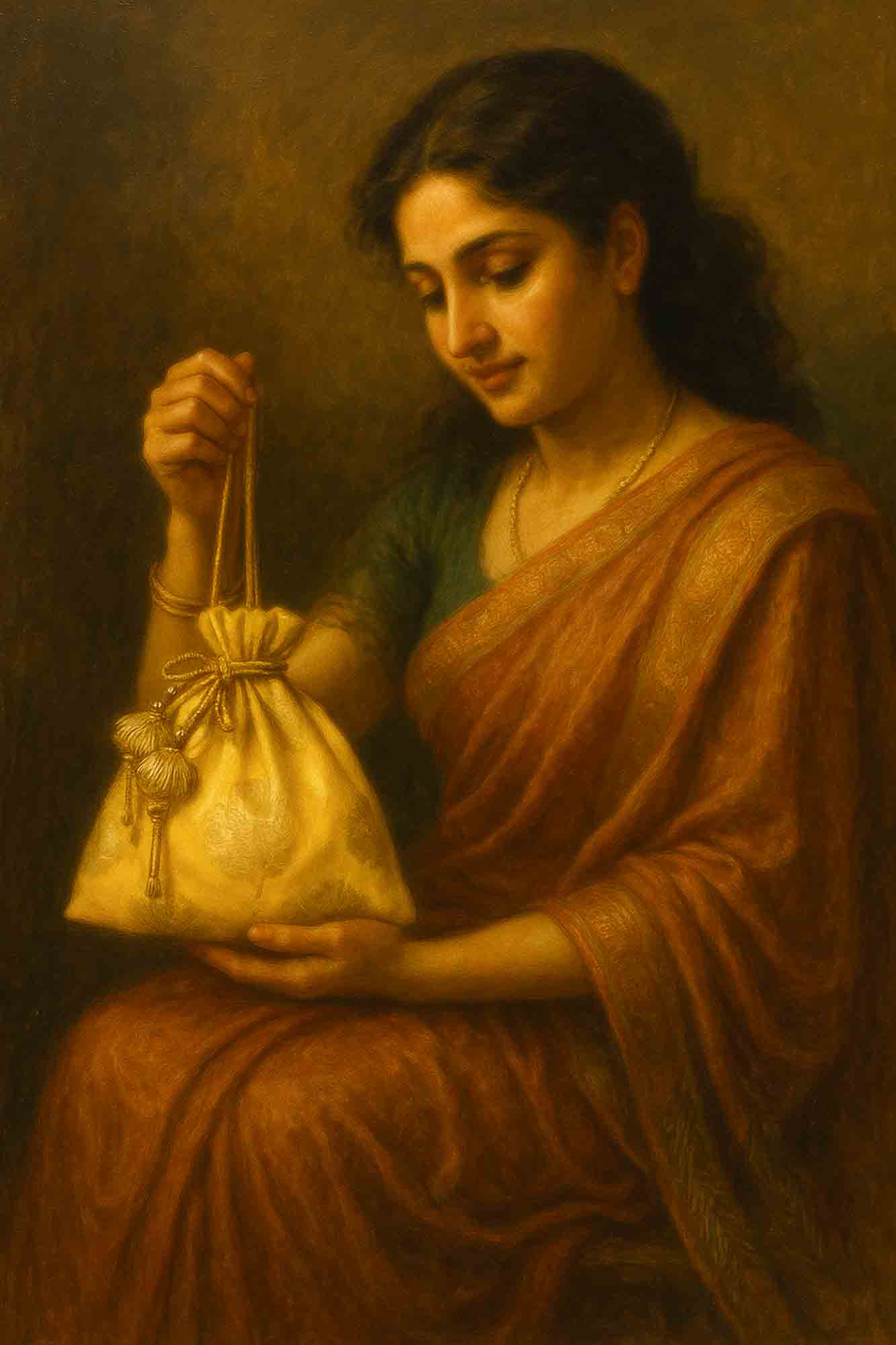
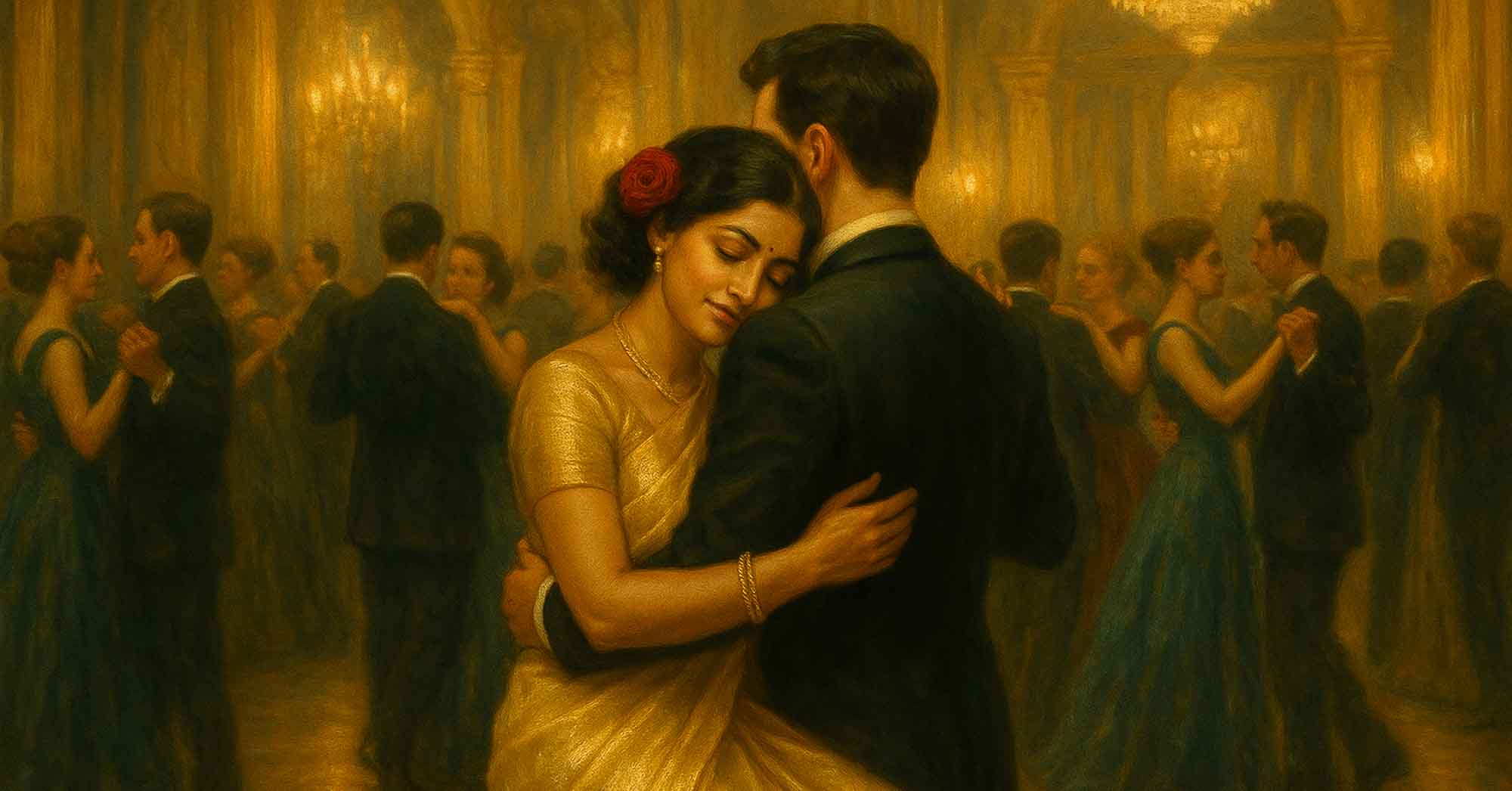
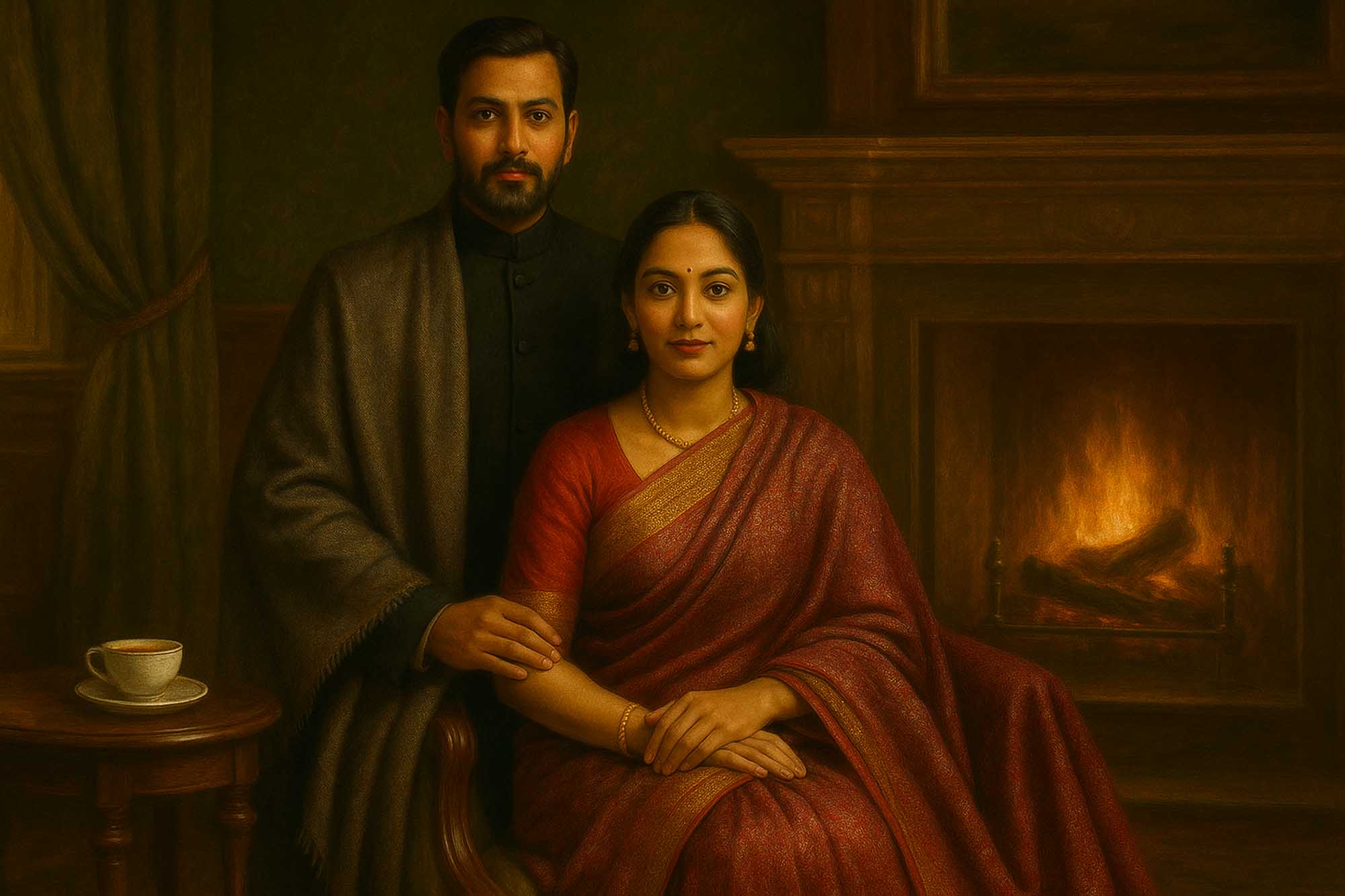
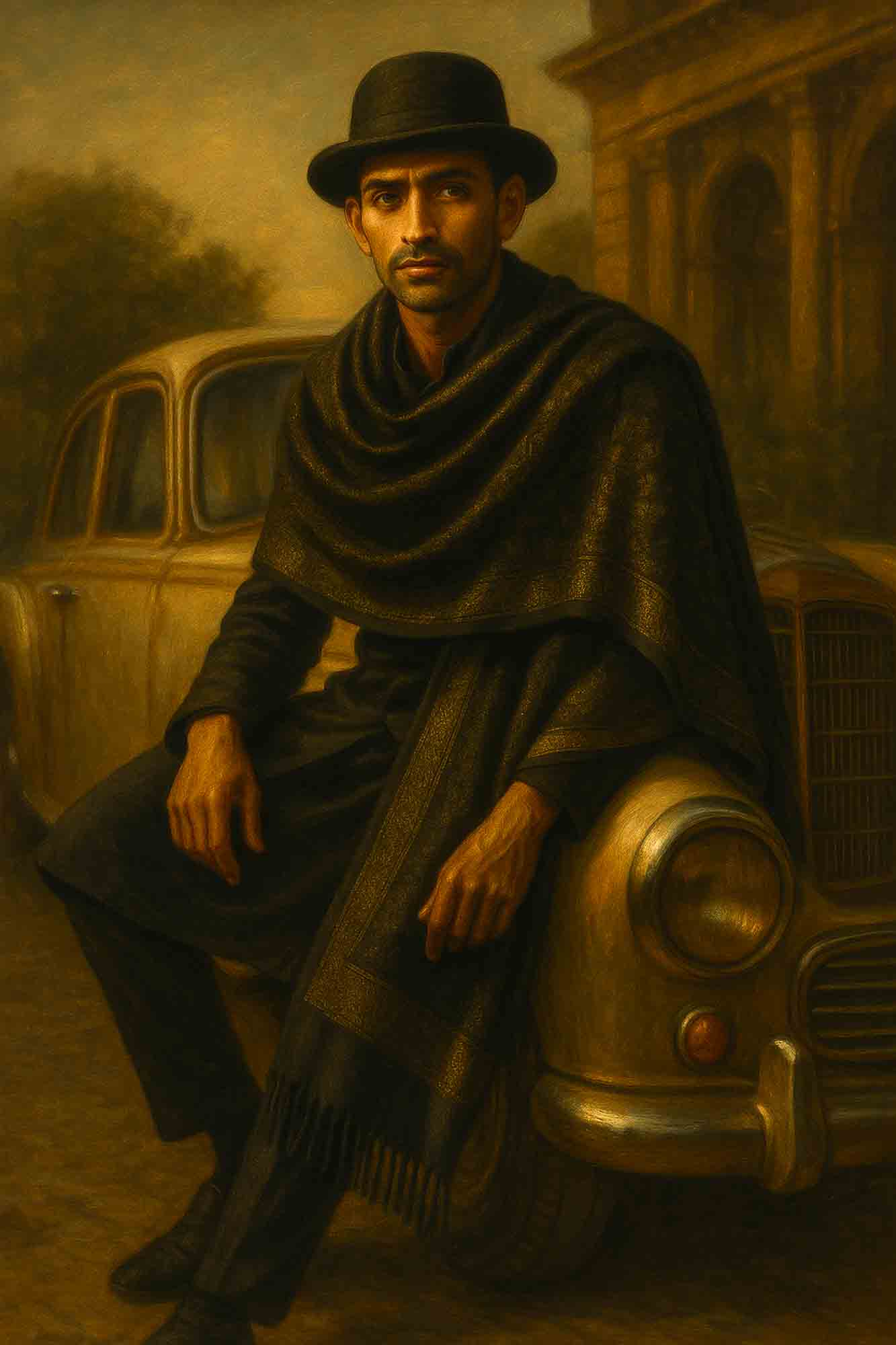








2 comments
Nice information
Thanks
Siva
Ahead of our visiting your beautiful city, this post was extremely helpful to us. We are hoping the best memories stays with us for the lifetime.
Anshika
Leave a comment
This site is protected by hCaptcha and the hCaptcha Privacy Policy and Terms of Service apply.